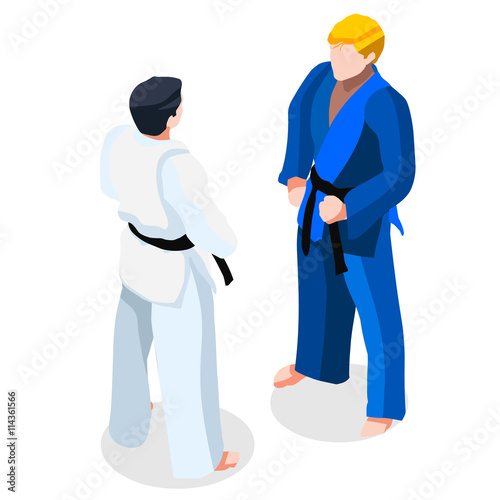Trick Differences In Between Typical Martial Arts And Modern Battle Sports: A Thorough Analysis
Trick Differences In Between Typical Martial Arts And Modern Battle Sports: A Thorough Analysis
Blog Article
Material Composed By-Valentine Burch
When you consider martial arts, do you lean more towards the typical techniques or the contemporary battle sporting activities? Each path offers special benefits and experiences, formed by their approaches and training techniques. Standard martial arts stress individual growth and self-control, while contemporary battle sports focus on competitors and performance. Comprehending these distinctions can lead you in picking the ideal strategy for your journey. However just how do these differences manifest in training and approach?
The Approach and Background Behind Conventional Martial arts
While lots of people connect martial arts with physical combat, the philosophy and history behind traditional martial arts run much deeper. what are all the different martial arts 'll locate that these disciplines emphasize personal growth, discipline, and respect.
Originating from ancient practices, conventional martial arts were typically developed for Self-Defense and spiritual advancement. They symbolize concepts such as equilibrium, harmony, and self-control, guiding practitioners beyond plain battling skills.
As you train, you'll not only find out techniques however also obtain understandings right into the culture and worths that formed these arts. The routines and practices, commonly passed down through generations, cultivate a feeling of community and belonging.
The Affordable Nature of Modern Battle Sports
Modern battle sporting activities have actually changed the landscape of martial arts into a highly affordable field, where athletes take on in an examination of ability, approach, and endurance.
You'll see that competitions are often organized with stringent policies and policies, making sure fair game and security. These occasions bring in large target markets, fueling the enjoyment and strength of matches.
Professional athletes educate rigorously, not just for physical expertise however also for psychological sturdiness, understanding that every detail counts in the ring. The adrenaline rush throughout competitors is apparent, as competitors push their restrictions to declare triumph.
Followers appreciate the athleticism and creativity included, making contemporary battle sports a thrilling spectacle that remains to progress and captivate enthusiasts around the world.
Training Approaches and Techniques: A Comparative Evaluation
The competitive environment of modern-day fight sporting activities demands innovative training approaches that vary significantly from typical martial arts.
In modern-day training, you'll concentrate on details strategies, competing, and conditioning, usually utilizing drills that mimic actual fight circumstances. You'll see an emphasis on measurable performance and constant competitors to assess your abilities.
On find out this here , standard martial arts focus on forms, katas, and philosophical teachings, often highlighting technique and respect over competition.
Training is usually much less intense and might entail repeated practice rather than real-time sparring.
While both approaches build skill and physical fitness, modern battle sporting activities supply an extra dynamic and adaptable training environment, preparing you for immediate obstacles in the ring or cage.
Select youth martial arts classes near me that straightens with your objectives and rate of interests.
Conclusion
In picking between typical martial arts and modern combat sports, it really boils down to what you value the majority of. If you're searching for personal growth, self-control, and a feeling of area, conventional arts may be your ideal fit. Yet if you grow on competitors and real-time obstacles, contemporary battle sports could be the method to go. Eventually, both paths provide distinct advantages, so it's everything about aligning your training with your individual goals and passions.
